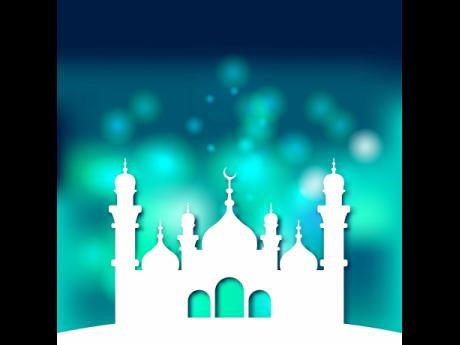What is Ramadan? Part III - Observance times
Ramadan, also called Ramathan and Ramadhan, is the ninth and holiest month on the Islamic calendar. The word 'Ramadan' comes from the Arabic root rami a or ar-rama, which means scorching heat or dryness, as it usually occurs during the time of year when temperatures are very high.
It celebrates the first time the Koran was revealed to the Prophet Muhammad, according to Islamic belief, and is observed by fasting, one of the five pillars of Islam; the adherence to certain rules and laws, and abstinence from certain practices.
This year, it lasted from Wednesday, May 16, to Thursday, June 14, because the observance days, usually between 29 and 30, are not fixed and might occur on different days in different countries or during different times of the year.
This year, it was meant to start on Tuesday, May 15, but the new moon was not sighted over Saudi Arabia until the evening of Wednesday, May 16. Yet, in the UK, it began on May 15.
The beginning and the end of Ramadan are determined by the lunar Islamic calendar. They are determined by the position of the Moon in the sky, and Ramadan starts with the sighting of the new moon. This means that each year, the fasting begins around 11 days earlier than the previous year.
Next year, it begins in early May, and thus is expected to begin on the evening of Sunday, May 5, and end on the evening of Tuesday, June 4. In 2020, the beginning moves to April, then to March in 2023, and February in 2026.
The implication of these unfixed dates is that fasting, which is carried out during daylight hours, is easier when the days are short, but more difficult in the long, hot summer months, especially for those living in far northern countries where the sun might be out all day. So, the fasting might go on for as many as 19 hours.

